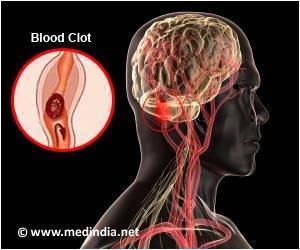Nano-carbon particles, that are a potent new weapon against the Aedes mosquitoes, can be obtained from controlled burning of crop residue.

‘The odorless nano-carbon thus produced is environment friendly and is non-toxic to humans. It has also been shown to be harmless to fish and other living species in water. ’





Now a team led by Sabyasachi Sarkar, visiting professor and nano-technologist at the Indian Institute of Engineering Science and Technology (IIEST) in Shibpur, West Bengal, has proposed a single solution to solve these twin problems. The female Aedes mosquitoes that spread dengue, chikungunya, and zika viruses, lay eggs in water bodies along the roadside and in decorative flower pots and vases in homes or offices.
In laboratory studies, the researchers have now shown that water-soluble nano-carbon particles (wsNCP) dissolved in water prevent respiration of mosquito larvae, causing anoxia (lack of oxygen) and ultimately their death. In fact, the larvae exposed to these nano-particles fail to reach even the pupae stage -- one step before becoming an adult mosquito.
"And interestingly, these nano-carbon particles, that are a potent new weapon against the Aedes mosquitoes, can be obtained from 'controlled burning' of crop residue," Sarkar, formerly a chemistry professor at the Indian Institute of Technology-Kanpur, told this correspondent.
For their study, the researchers collected a few Aedes aegypti mosquito larvae from a shallow pool near their institute and reared them in an aquarium containing "fluorescent" wsCNP at a concentration of three micro-grams per millilitre (3ig/ml).
Advertisement
"Based on these observations it can be concluded that the use of non-toxic, wsCNP is safe to prevent growth of mosquitoes in water pots and other hot-spots around house-hold premises," says the report.
Advertisement
Sarkar said their study has incidentally shown a solution to the air pollution over the nation's capital due to uncontrolled crop residue burning in neighboring states.
"Under controlled burning of the crop residue, one can get tonnes of such nano products with little chemical modification," Sarkar said. "This carbon based nano-powder so obtained can be distributed to the people for application on any suspected waterbody near homes, offices and schools."
However some experts are sceptical about nano-carbon emerging as a weapon against mosquitoes.
"This will work only in a petri-dish," Payyalore Rajagopalan, former director of the health ministry's Vector Control Research Centre in Puducherry told this correspondent in an email, adding: "But not in nature."
Source-IANS









